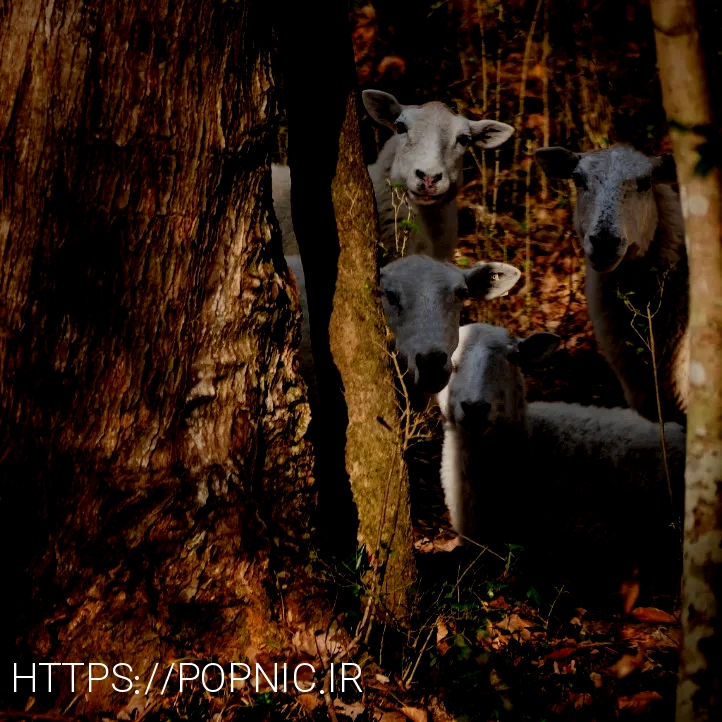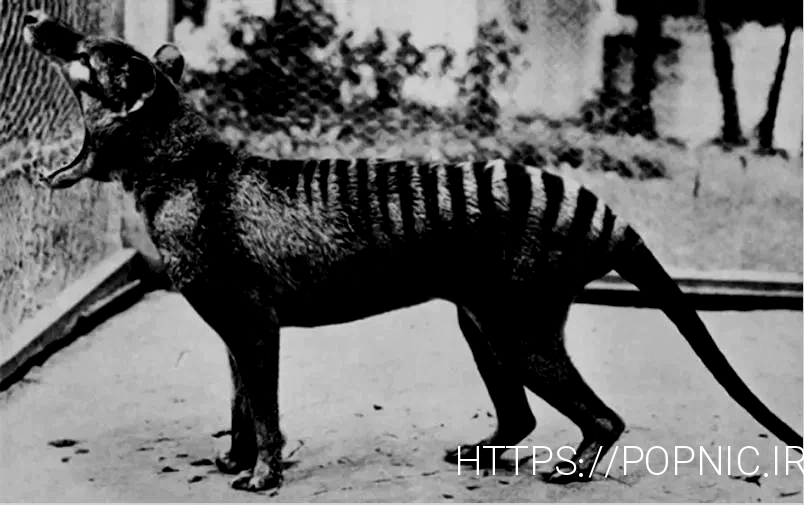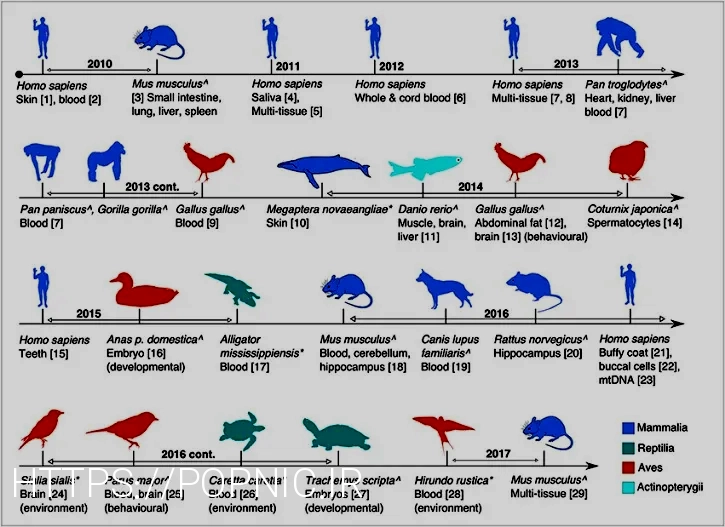Dietary Response of Chimpanzees and Cercopithecines to Seasonal Variation in Fruit Abundance I. Antifeedants International Journal of Primatology
Continued isotopic research has indicated that across chimpanzee habitats, from rainforest to savannah, the values of δ13C and δ15N vary significantly21,22. These patterns are thought to occur because savannah chimpanzees rely more on plant foods produced under drier environments with reduced canopy cover compared to those of their forest counterparts. However, it remains unclear if utilising foods from different environments affects food material properties in different chimpanzee populations and how this is related to isotopic signatures.
Caregiver Annie recently finished creating the third termite mound, now located in North Habitat. Using a wire mesh frame with PVC tubes inserted, the mound was then covered in quick drying concrete and painted. Once the pipe is filled it is easily screwed into place from the inside where only humans can access and the chimps can get a stick to collect their treat from the outside.
Chimpanzees are endangered due to several threats, including habitat loss, hunting, and disease. A chimpanzee weighs anywhere between 32 to 60 kilograms, which is the equivalent of 70 to 130 pounds. In fact, research has found that the Ebola virus has wiped out a huge number of great apes, affecting around 14% of their total area of distribution. Dr. Jane Goodall is one of the world’s leading ethologists, famous for studying chimpanzees.
However, it’s important to note that meat comprises only a small percentage of a chimp’s overall diet. The shells are so tough that the only way to crack them is to whack the nuts with a hard stone. Aside from being nutritious and delicious, figs account for almost half of a chimpanzee’s diet, providing an excellent source of energy. Some foods cannot be indented because their shape and size does not allow for this, e.g., specimens in the form of rods. In these cases, we resorted to more traditional compression tests where possible.
Western chimpanzee groups usually consist of 16 to 29 individuals, which is very small in comparison to their Eastern and Central cousins whose groups can number over a hundred. These groups are ruled by an alpha male who must routinely prove himself as the strongest and/or smartest member of the group to fend off challengers. Chimpanzees regularly play politics by forging and breaking alliances in order to gain power. New research shows that our closest evolutionary relatives have all of the cognitive capacities required for cooking—except an understanding of how to control fire. Kareem’s entire group were acting peculiar one day and didn’t want to walk through a door they use on a regular basis.

At Tchimpounga Sanctuary, infant chimpanzees are fed specially formulated milk until they are ready to eat solid food. Infant chimpanzees nurse for at least five years and stay with their mothers even longer, learning to care for their younger siblings. Orphaned chimpanzees are often malnourished and in urgent need of nutrition and care. Check out this top ten list to find out what, and how, chimpanzees eat. The sanctuary currently cares for over 70 chimpanzees, most of whom are under five years old—and given this remarkable chance at a healthy and happy life, will live up to 60 years in the sanctuary’s care.

Indeed, there is up to 73% overlap in feeding species between the two sites3,7. Ngogo and Kanyawara provide an example of tropical rainforest, and the chimpanzees at both sites have diets comprised largely of fleshy ripe fruits even in times of reduced production3,8. This pattern of high fruit consumption characterises chimpanzees inhabiting tropical and subtropical moist broadleaf forests21. In such biomes it is likely that lower seasonality and higher fruit availability compared to savannah woodland sites means that the majority of oral processing reduces the mechanical challenges to teeth. At Issa, the mesocarp of fruit, leaf laminar tissue, and leaf midrib also manifested within this rather narrow range (Fig. 3a, b).
Once the insects climb to the tool, the chimpanzee takes it out and eats it as its recently caught food. Interestingly, while I’ve described chimps and bonobos as largely vegetarian, most figs have animals inside them. If the fig is uneaten long enough, the new generation of wasps matures and fly away to find more figs.
Fruits, including bananas, pawpaws and wild figs, make up the main part of the chimpanzee’s diet and about 7 hours a day may be spent feeding, either up trees or on the ground. After an early morning feed, a chimpanzee becomes less active and lounges about, nibbling the odd berry, Diet of specific animals leaf, bud or flower. Later in the afternoon, there is usually a more intensive feeding session. Although the usual food is fruits, leaves, flowers and roots, crevices in logs are searched for insects, birds nests are robbed of eggs and chicks and small mammals are eaten.
They are a rich source of fiber, which aids in digestion and helps maintain a healthy gut. Just like humans, chimpanzees need a good dose of fiber to keep their digestive system functioning optimally. One of the reasons fruits are a crucial part of a chimp’s diet is due to their high sugar content. Sugars are a quick source of energy, providing the chimps with the fuel they need to stay active and agile throughout the day. Fruits also contain dietary fiber, aiding in digestion and promoting a healthy gut.

This dataset was paired with carbon and nitrogen stable isotope data from plants and hair to determine whether isotopic differences were related to mechanical variance. Chimpanzees allow for an interesting comparison of feeding in two evolutionarily relevant hominin habitats. The tropical forest is analogous to the original stem hominin habitat14, whilst in comparison the savannah woodland mirrors the ecological conditions that drove later hominin adaptation and the emergence of Homo15 (Fig. 1).
Relative nutritional value might provide an important clue for understanding the forces motivating these behaviors. However, further research efforts are warranted to know why and how regularly the chimpanzees exploit aquatic foods. Another important point to be noted is the environmental constraints on cultural behavior. Although Bossou and Nimba are so close each other, Bossou chimpanzees algae scoop, but do not crab fish; whereas Nimba chimpanzees crab fish but do not algae scoop.
Chimpanzees prey most frequently upon red colobus monkeys (Procolobus spp.) at most sites where the two species are sympatric (Uehara, 1997, Mitani, 2009). The fact that chimpanzees rarely hunt other frequently encountered species (e.g., black-and-white colobus at Ngogo, Mitani and Watts, 1999) suggests that they have evolved a preference for red colobus monkeys. This is likely because the net benefit of acquiring and consuming red colobus is particularly high, perhaps due to their ease of capture (relative to other species) and/or high nutritional value. Chimpanzees, also known as just chimps, are highly social animals that live in groups with dozens of other chimpanzees, known as communities.

Total nonstructural carbohydrates (TNC) were estimated by subtracting NDF, lipid, AP, and ash from 100%. Unlike other carnivores, chimpanzees don’t rely solely on hunting for their meat intake. They are opportunistic scavengers and have been observed stealing meat from kills made by other animals, such as leopards or crocodiles. This adaptation allows them to enjoy the benefits of meat without the inherent risks and energy expenditure of capturing it themselves.
As humans encroach further and further into the natural habitats of chimpanzees, they’re taking away key components to the chimpanzees’ survival. Deforestation, meat hunting, the exotic pet trade, and disease are all major threats to the endangered species. Since female chimpanzees typically give birth at a relatively slow rate of once every five years, more needs to be done to prevent the shrinking of the chimpanzee population.
And in a related experiment, the scientists showed that chimps will carry raw food across a room to the chef rather than cramming it in their mouths right away. Resisting temptation isn’t easy for us; it’s nearly impossible for chimpanzees. The archaeological evidence for cooking, however, dates back only about a million years—long after the human brain’s great leap forward—so this new study would be a boost for Wrangham’s idea.
Standing at the edge of the small pond, each chimpanzee was holding a stalk or stick in one hand and carefully putting it into the water. It was August 28th, 1995, and Tatyana and I were following a group of chimpanzees with the local guides. In those days, it was difficult to continuously observe the chimpanzees as they were not yet fully habituated to researchers. Nonetheless, we followed their traces as they traveled on the ground and happened to find them in a glade of tall grass. When chimpanzees meet up after having been apart, they greet each other in a very human way, by touching each other or even holding hands and kissing!
These are all tissues that are likely masticated by molars and then subsequently swallowed. The loss of thick enamel is likely due to a relaxation of selection pressures that necessitated strong durable crowns adapted to either hard and/or abrasive food tissues. Our data go some way to supporting this hypothesis, demonstrating a lack of variance in the mechanical properties of tissues likely masticated by chimpanzees across our study sites.
This is mainly due to chimpanzees having a higher proportion of fast-twitch muscle fibres, which play a role in producing powerful and rapid movements. Humans, on the other hand, have more slow-twitch muscle fibres, which tend to favour endurance over strength. However, when you consider that not all of the infants will make it to a sanctuary—because they may have been trafficked as exotic pets or died in transit—it appears that the statistic may actually be a lot higher. Around one in five infants will make it to a sanctuary, meaning that in reality, for every infant that does make it, it’s possible that 25 adult chimpanzees or more were killed or taken. You’ll often find chimps up trees, either sleeping in nests of leaves or eating. Unfortunately, chimpanzees are classified by the IUCN Red List of Threatened Species as endangered.
However, in such studies, foods are still largely categorised in very broad terms (e.g., fruits, leaves, bark) that do not faithfully track their mechanical properties12. In addition, accessing foods often includes the removal of external tissues with the teeth to access the nutrients within. The mechanical properties of such tissues can vary substantially and can instigate distinct oral feeding practices.

The other percentage is from insects, meat, soil, flowers, shoots, stems and other plant parts. Now that we have delved into the various components of a chimpanzee’s diet, let’s take a closer look at their feeding habits and hunting techniques. Chimpanzees are known to be highly intelligent and resourceful creatures, and their approach to acquiring food is nothing short of fascinating. Just like chimpanzees, we need a well-rounded diet that includes fruits, nuts, and even a bit of protein. It’s all about finding the right balance and listening to our body’s needs. So, what can we learn from chimpanzees when it comes to our own diets?
Some species must eat a specific mix of foods to survive; chimps are not one of those species. From the staple fruits and nuts to the leafy greens, insects, and occasional meat, chimpanzees have a balanced and omnivorous diet that provides them with all the essential nutrients. Their feeding habits and hunting techniques showcase their intelligence, adaptability, and social nature. Chimpanzees also rely heavily on fruits, nuts, leaves, and vegetation to fulfill their dietary requirements.

These plant-based foods provide them with essential nutrients and energy to meet their daily needs. By consuming a diverse range of foods, chimps ensure they have a well-rounded diet that supports their growth, reproduction, and overall health. In conclusion, the diet of chimpanzees is a diverse and fascinating one. From the sweetness of fruits to the crunch of leaves and the protein-packed meals of insects and meat, chimps have truly mastered the art of survival through their varied and omnivorous eating habits. Their culinary journey is a testament to their adaptability, intelligence, and resourcefulness in the wild. Like many fruit-eaters, chimpanzees play a special role in their environment as seed dispersers.
Previous studies had confirmed that chimpanzees do indeed prefer cooked food to raw food. Nearly every chimp reliably picked the cooking device, suggesting they quickly understood the transformation that took place. A study found that chimpanzees prefer the taste of cooked food, can defer gratification while waiting for it and even choose to hoard raw vegetables if they know they will have the chance to cook them later on. The findings suggest that our earliest ancestors may have developed a taste for roast vegetables and grilled meat earlier than previously thought, potentially shifting the timeline for one of the critical transitions in human history. By studying the diet and behaviors of chimpanzees, we not only gain insights into their fascinating culinary journey but also learn more about our own evolutionary history. As primates, we share common ancestors with chimpanzees, and understanding their dietary preferences helps us understand our own dietary needs on a deeper level.
Some of their favorites include tender young shoots, leaf buds, and fig leaves. Today, we are embarking on a primate culinary exploration as we delve into the fascinating world of chimpanzee diets. Have you ever wondered what these intelligent creatures munch on to fuel their daily activities? Let’s dive in and uncover the secrets of their varied and omnivorous diet.
We are honoured to support Indigenous-led conservation and cultural revitalization, and commit to ongoing contribution to reconciliation and decolonization in Canada and abroad. The data that support the findings of this study are available from the corresponding author upon reasonable request. Conservation organizations are encouraging more sustainable logging practices. However, most countries are reluctant to adopt policies that could hinder their developing economies. This problem, as well as other threats related to sustainability such as poaching, may be mitigated through financial incentives from international organizations such as the World Bank.
Zoopharmacognosy is the name given a type of ‘animal self-medication’, referring to the phenomenon of animal species knowing the things in their natural environment they can eat to prevent disease, kill viruses or aid digestion. An example of this with chimpanzees is when they eat the bitter Vernonia plant, a plant species known to have medicinal benefits. Because of the bitter taste of the plant the chimpanzees’ grimace when they are eating it, it is thought that it is eaten mostly for medicinal reasons rather than taste. I would now like to take you on a journey back to the rainy season of 1995 to experience the initial observations of algae scooping. He had been at Bossou for months, working towards completion of the first year-round survey of this chimpanzee population.





